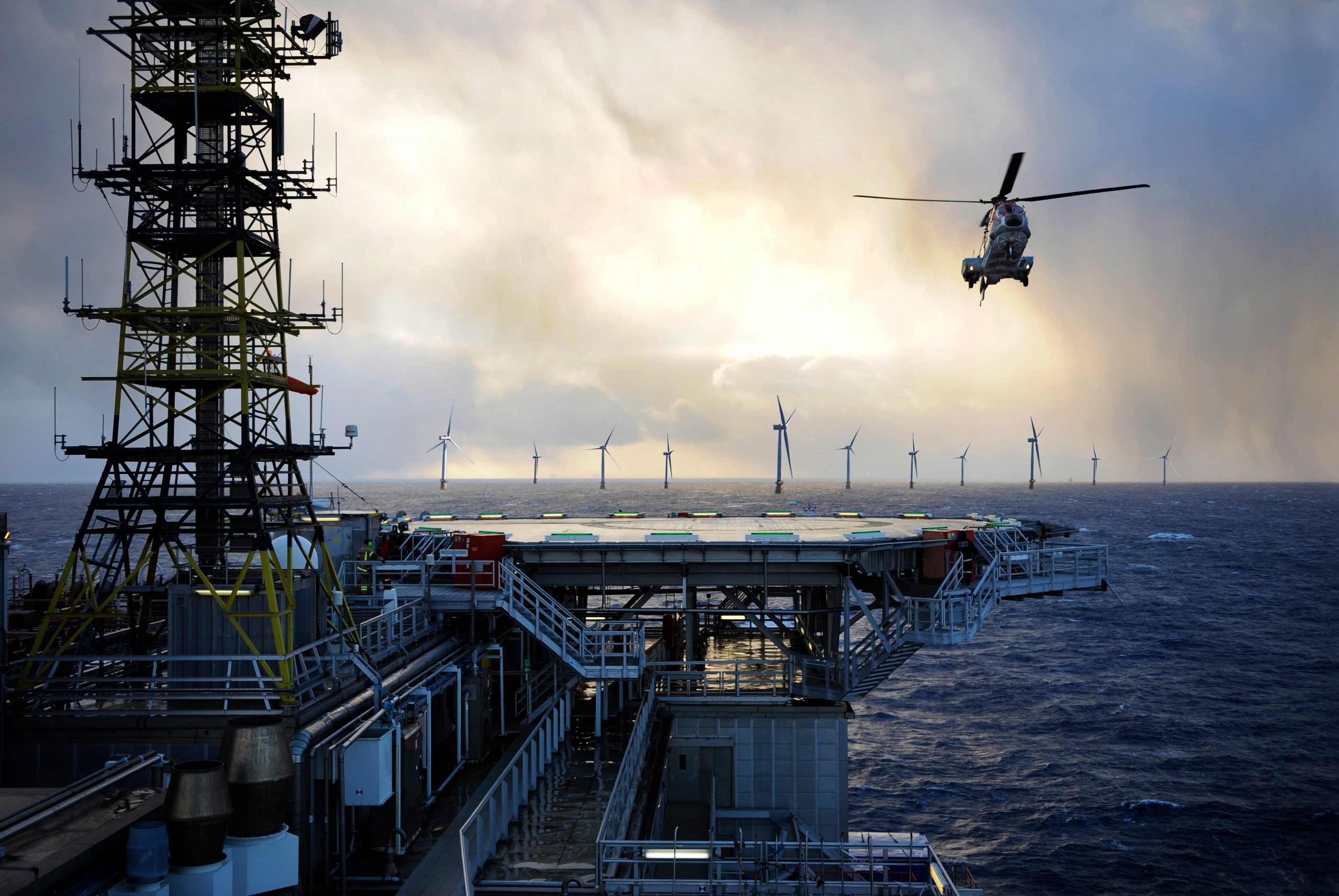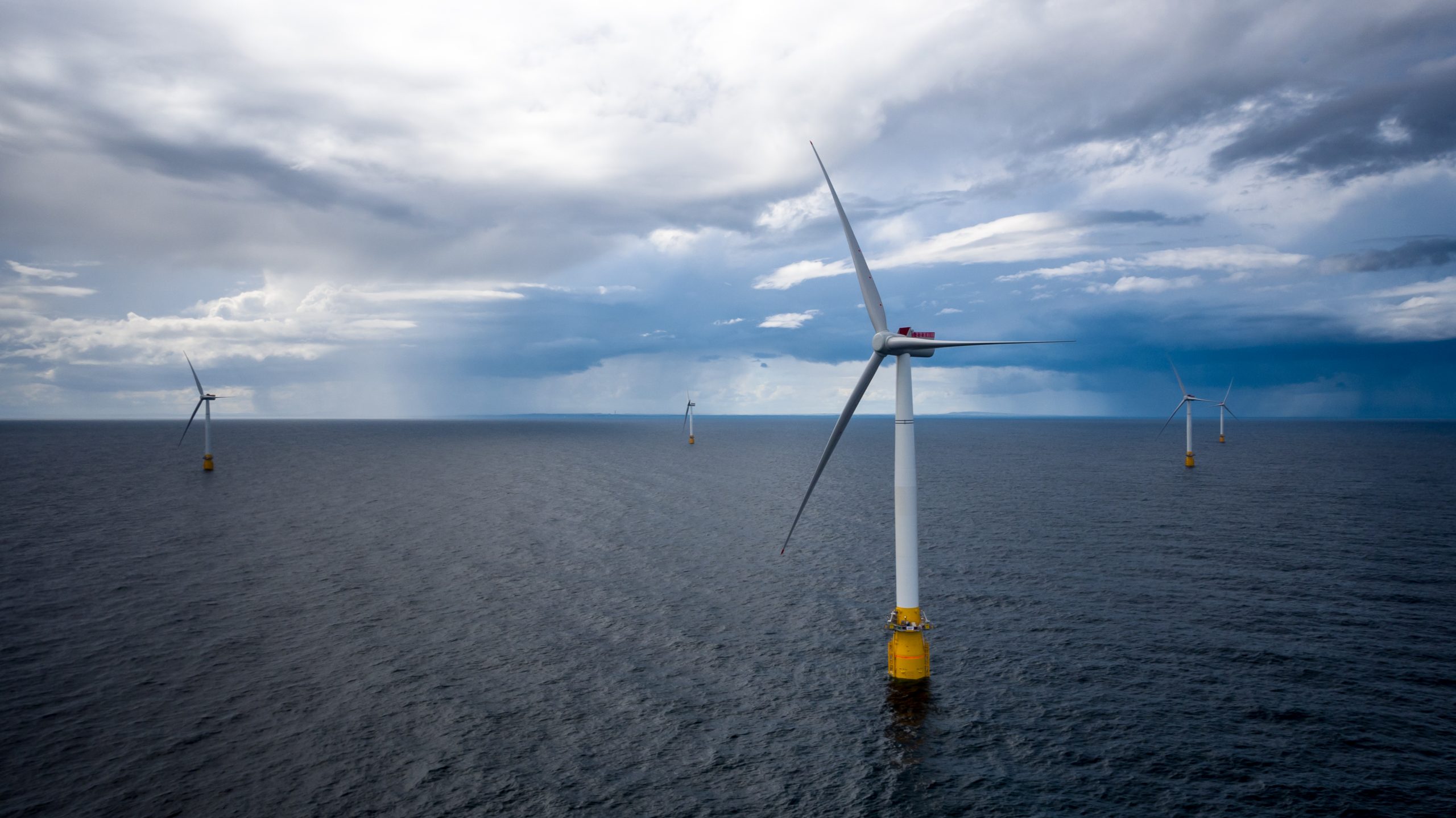Solution Requirements
Functional requirements
We are open to a broad range of net-zero carbon solutions based on technologies that enable the intermittency challenge to be overcome. Some examples (not exhaustive) include:
- Technologies that can even out power delivery over several days
- Technologies that can be used for energy storage at an appropriate scale
- Technologies that enhance prediction of supply and/or demand for better planning
- Clean, cost-effective technologies for power boost in times of low wind
Technical Characteristics
Solutions should:
- Be easy to retrofit into existing oil & gas facilities or on offshore wind assets
- Be cost-effective and efficient when deployed in volume
- Significantly improve the ability to use offshore wind for electrification
- Not increase LCOE significantly
- Use low cost, non-toxic, abundant materials, without sustainability concerns which can be recycled – designed for end of life
Operating conditions
Solutions should:
- Have a net-zero carbon impact
- Not significantly alter the operating characteristics of the OSW asset (e.g. power curve, or stability of the floater)
- Be reliable and durable
- Be compatible with the offshore environment (saltwater, high winds etc)
- Not require significant maintenance
- Not create HSE or ergonomic risk
Timescales
- Launch of the Competition: 15th November 2021
- Deadline for applications: 15th December 2021
- Selection and notification of finalists: week commencing 10th January 2022
- Pitch event: 8th February 2022
- Launch Academy begins end of February 2022
We are open to solutions that are almost ready for prototype testing (e.g. within 6 months of competition win) but we also welcome solutions that are more radical but could take longer (e.g. prototype within 2 years of competition win).
Market opportunity
Any solution which achieves the requirements could become industry best practice and therefore could be adopted across the industry.
Eligibility
Entrants to this competition must be:
Assessment
Applications will be assessed on:
- Relevance to the topic
- Innovative nature of the subject
- Feasibility
- Development potential
- Maturity of project/solution
- Ability to launch project quickly/Ease of implementation
- Price/quality ratio
- Suitability for the UK and European market
IP and potential commercial route
- Existing background IP associated with a potential solution will remain with Launch Academy Participant(s). Where any new IP generation is envisaged, it will be subject to the mutual IP agreement of the Launch Academy Participant (s) and Launch Academy Sponsors.
- Any commercial deployment of transferred solution or newly developed solution, through licensing, joint venture, partnership or direct investment, will be subject to the commercial agreement between the Launch Academy Participant(s) and Launch Academy Sponsors.
- Where necessary, a non-disclosure agreement (NDA) may be signed to uphold confidentiality in the engagement between the Launch Academy Participant (s) and Launch Academy Sponsors. ORE Catapult does not take any share of IP ownership or enter commercial ventures through the Launch Academy programme.
De-Minimis Disclaimer
Scottish Companies successful in the Launch Academy programme are supported by the De-Minimis funding provided by Scottish Enterprise.
If you have had public sector support, you should have been notified in writing of any de minimis element when the aid was awarded. You should have also been notified of the type of De-Minimis aid that you have received. The most common type of de minis aid is ‘general’ De-Minimis. However, other types of De-Minimis are given for the fishery and aquaculture sector, agricultural sector and services of general economic interest. If applicable, prior to granting De-Minimis aid, [we] must obtain a declaration from you, in written or electronic form, about any other de minimis aid. If selected for the second stage of interview process for the Launch Academy Programme, you are required as part of this application process to declare any such aid previously provided by a public body to your company or any company that you are linked to.
Please note that where De-Minimis funding is awarded under the exception in Article 3.2.4 of Title XI of the UK-EU Trade and Cooperation Agreement signed on 30 December 2020 (as implemented by section 29 of the European Union (Future Relationship) Act 2020) (the “TCA”), any previous amounts awarded to you from a public source in the UK in the last 3 fiscal years under either Article 3.2.4 of Title XI of the TCA or under EC Commission Regulation No 1407/2013 of 18 December 2013 on the application of Articles 107 and 108 of the Treaty on the Functioning of the European Union to De-Minimis aid will be relevant in ensuring any funding provided does not exceed the maximum subsidy limit of 325,000 Special Drawing Rights under Article 3.2.4 of Title XI of the TCA. Please provide full information on any previous funding you have received under Article 3.2.4 of Title XI the TCA and/or EC De-Minimis Regulation 1407/2013 in the last 3 fiscal years.
Any funding which you have received under the UK COVID-19 Temporary Framework for UK authorities does not need to be included as De-Minimis funding.
APPLY NOW

